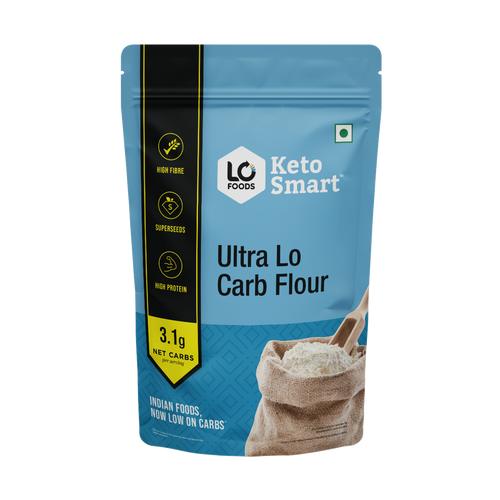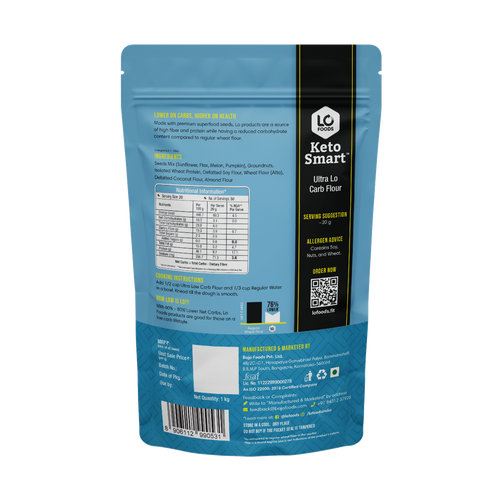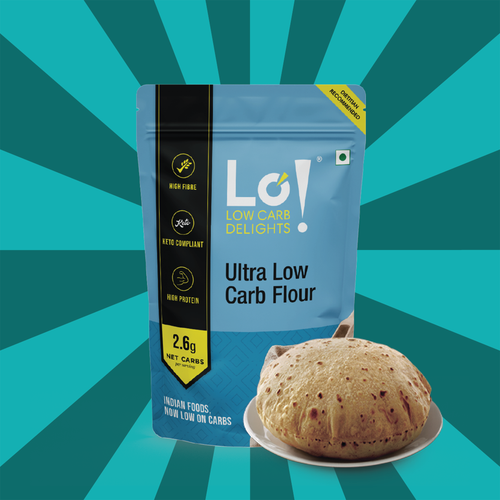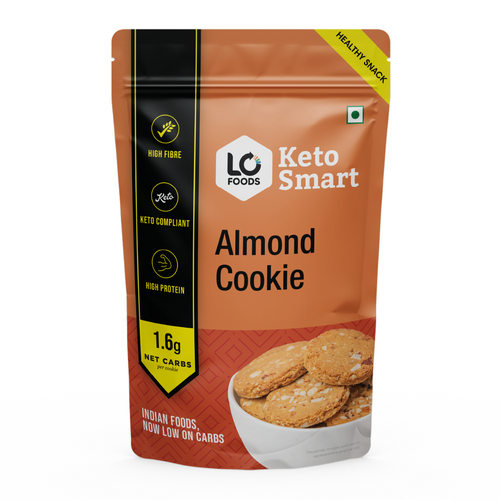
How much protein is there in fish?
Protein plays a crucial role in our daily diet, acting as the building blocks for our muscles, tissues, enzymes, and hormones. When it comes to protein sources, fish stands out as a nutritious option. Fish is not only rich in protein but also provides essential nutrients like omega-3 fatty acids.
The protein content in fish varies depending on the type of fish. Some popular types of fish known for their high protein content include salmon, tuna, cod, and tilapia. These fish varieties offer a substantial amount of protein per 100 grams, making them excellent choices for protein-rich meals.
Consuming fish that are high in protein can be beneficial for maintaining muscle mass, supporting weight management, and promoting heart health. Including protein-rich fish in your diet can also help meet your daily protein requirements in a tasty and nutritious way.

Nutrient Content in Various Types of Fish
100 gram (3.5-ounce) serving provides:
Halibut (raw with skin) |
116 calories |
3 grams fat |
0 grams carbohydrate |
20 grams protein |
Tuna (yellowfin, fresh, raw) |
109 calories |
less than one gram fat |
0 grams carbohydrate |
24 grams protein |
Cod (Atlantic, raw) |
82 calories |
0.7 grams fat |
0 grams carbohydrate |
18 grams protein |
Mahimahi (raw) |
85 calories |
0.7 grams fat |
0 grams carbohydrate |
18.5 grams protein |
Ocean perch (Atlantic, raw) |
79 calories |
1.4 grams fat |
0 grams carbohydrate |
15 grams protein |
Factors Affecting Protein Content in Fish
When it comes to protein content in fish, several factors play a significant role in determining the nutritional value of this seafood. Understanding these factors can help individuals make informed choices about their diet.
The species of fish is a crucial factor influencing the protein content. Different types of fish vary in their protein levels per 100g. For example, salmon is known to be rich in protein, while other species like tilapia may have lower protein content in comparison.
Moreover, farming methods can also impact the protein levels in fish. Wild-caught fish often contain higher protein content than farmed fish due to differences in their natural diets and lifestyles.
Additionally, the cooking process can affect the protein content of fish. Overcooking fish can lead to protein degradation, reducing its nutritional value. Opting for methods like grilling or baking can help retain more protein compared to deep-frying.
By being mindful of these factors, individuals can choose fish that are high in protein and maximize the nutritional benefits of including fish in their balanced diet.
Fish items to incorporate in your diet
Grilled or Baked Fish Fillets: Season fish fillets with herbs, spices, and a squeeze of lemon juice. Grill or bake until cooked through for a flavorful and healthy main dish.
Fish Tacos: Fill soft tortillas with grilled or pan-seared fish, along with shredded cabbage, salsa, avocado, and a squeeze of lime for a delicious and nutritious meal.
Fish Stir-Fry: Stir-fry fish with your favorite vegetables such as bell peppers, broccoli, and snap peas. Season with soy sauce, garlic, and ginger for a quick and flavorful dish.
Salmon Salad: Top a bed of mixed greens with grilled or baked salmon, cherry tomatoes, cucumbers, avocado slices, and a drizzle of balsamic vinaigrette for a refreshing and protein-packed salad.
Fish Sandwiches or Wraps: Fill whole grain bread or wraps with grilled fish, lettuce, tomato, and a dollop of tartar sauce or avocado for a satisfying and portable lunch option.
Fish Curry: Simmer fish fillets in a flavorful curry sauce made with coconut milk, curry paste, and spices. Serve over rice or with naan bread for a comforting and aromatic meal.
Fish Cakes or Patties: Mix cooked fish with mashed potatoes, breadcrumbs, herbs, and spices. Shape into patties and pan-fry until golden brown for a tasty appetizer or main course.
Fish Soup or Chowder: Make a hearty fish soup or chowder using fish stock, mixed vegetables, and chunks of fish. Garnish with fresh herbs and serve with crusty bread for a warming meal.
Fish Skewers or Kabobs: Thread chunks of fish onto skewers along with colorful vegetables like cherry tomatoes, bell peppers, and onions. Grill or broil until fish is cooked through and vegetables are tender for a flavorful and fun meal.
Fish and Veggie Foil Packets: Wrap seasoned fish fillets with sliced vegetables in foil packets. Grill or bake until fish is flaky and vegetables are tender for a simple and mess-free dinner option.

Fish and Protein: How Much Do You Get?
Protein in fish plays a vital role in maintaining a balanced diet and overall health. Various types of fish offer different levels of protein content, making them valuable additions to meals. Salmon, tuna, cod, and tilapia are notable for their protein richness, with levels ranging per 100g.
Consuming fish high in protein provides essential nutrients for muscle development, cell repair, and overall growth. Additionally, the abundance of omega-3 fatty acids in protein-rich fish offers numerous health benefits, including heart health and cognitive function improvement.
Incorporating protein-rich fish into one's meals ensures a diverse nutrient intake and supports a well-rounded diet. By including fish rich in protein, individuals can benefit from the nutritional value they offer, contributing to overall health and well-being.
This Blog post is an initiative by Lo! Foods, to provide accurate and Nutritionist / Doctor approved information related to Health. Lo! Foods is India's leading brand for Everyday Functional Foods. Foods designed for specific Health conditions or Needs. Lo! Foods also runs India's largest range of Low Carb Healthy Cloud Kitchens, under the brand names of Lo!, ProteinChef, ATH (All Things Healthy) and DiabeSmart.















Leave a comment
Your email address will not be published.